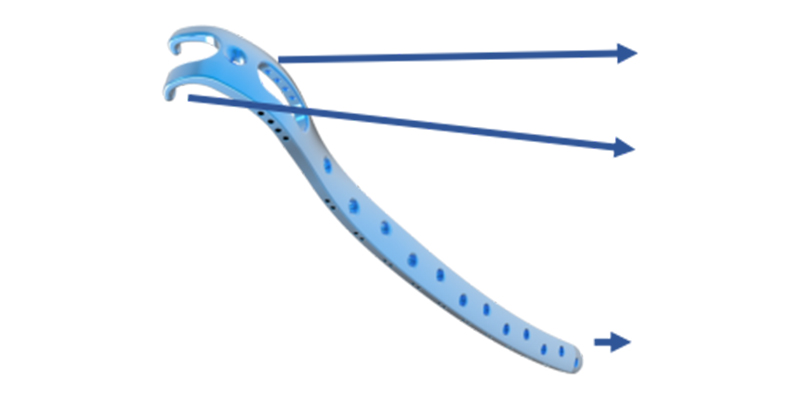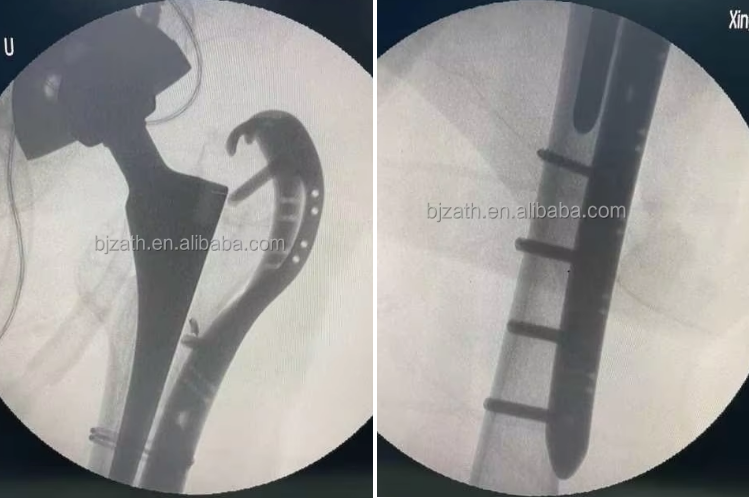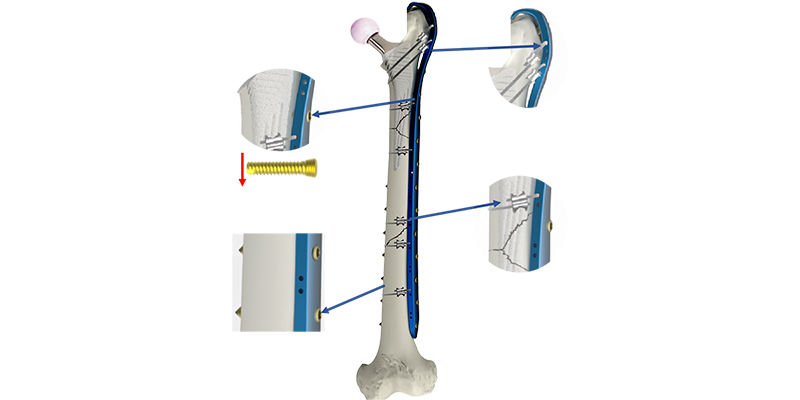The Proximal Femoral Locking Plate is a revolutionary advancement in orthopedic surgery specifically designed to enhance the stability and fixation of femoral fractures. This innovative device has attracted attention for its ability to provide superior mechanical support, especially in complex fractures that are difficult to manage using traditional plating systems.
The Femoral Locking Plate features a unique locking mechanism that locks the screws into the plate, creating a fixed-angle construct. This design minimizes the risk of screw loosening and improves stability, especially in patients with osteoporosis or when the fracture is located in a high-stress area. The locking mechanism also allows for the use of fewer screws, which can reduce surgical time and improve patient outcomes.
In summary, proximal locking plate femur represent a significant advancement in orthopedic surgery, providing enhanced stability, versatility, and improved patient outcomes. As technology continues to evolve, femoral locking plates are likely to play anincreasingly important role in the treatment of femoral fractures, providing surgeons with a reliable tool to optimize patient care.
Locking Plate Femur Features
Anatomically contoured to approximate the lateral aspect of the proximal femur
Proximal femoral unicortical fixation with special flat head locking screw. More effective thread contact than general locking screw provides better screw purchase
Use Φ1.8 cable through pre-set cable hole according to the fracture positions to ensure the fixation strength
Distal biocortical fixation by general locking screw
The most proximal screw hole accepts a 7.0 mm cannulated locking screw
Two proximal hooks engage the superior tip of the greater trochanter
Tapered plate tip for submuscular insertion preserves tissue viability

Post time: Apr-01-2025


